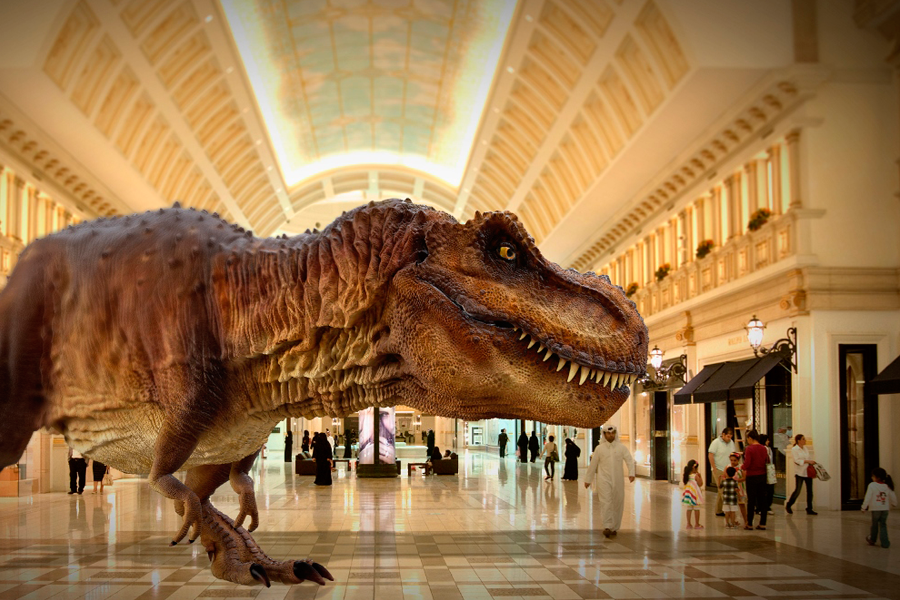Museums are providing increasingly interactive and personalized experience to attract digitally oriented visitors. Simply looking at an exhibit is no longer enough as today’s guests want to interact with the exhibit, watch it closely and at different angles, as well as learn more about its historical context. IT augments traditional expo formats with a brand-new museum space.
QR and bar codes
The easiest way to digitalize an exhibit and make museum environment more interactive is to add a QR code containing extra multimedia content, such as landings, videos, images and audios, which are however for information purposes only and don’t boost visitor involvement. The solution coverage is rather difficult to predict.
Navigation apps
Navigation via a mobile app using Bluetooth beacons installed throughout a museum allows visitors to arrange a tour all by themselves, easily navigate and quickly find halls and exhibits desired. While a visitor is moving from one exhibit to another, whether randomly or along a predefined route, the app tracks his/her movement and automatically provides information about exhibits being closest to the visitor.
Augmented reality and holography
Augmented reality and holography successfully bring exhibits in the user’s world. The Smithsonian National Museum of Natural History leveraged this solution to demonstrate the Earth in the Jurassic period. The eye-catching show was powered by Broadcast AR and unveiled the life of holographic dinos going along an enclosure and interacting with spectators and each other. The system operation is of no secret: An individual approaches a special system of video cameras capturing all his/her movements and a large screen demonstrating the show. Thus, a visitor gets immersed into the plot and can be either observer or a character.
Virtual reality
Virtual reality is an ideal message-sending tool for museums as VR technologies impact multiple senses and generate a brand-new experience. The key to success here is our brain that believes everything it sees, thus reproducing sensory feelings accordingly. This turns museums into a dynamic, almost-real and interactive space.
Our partners have completed a similar project for the State Hermitage Museum, accurately simulating its Jupiter Hall in virtual reality. As a result, people can now watch any sculpture at all angles, see all the exhibits and “visit” the museum even when living in a different city. This digital cultural heritage approach is gaining momentum among museums. (To learn more, read the blog about the project https://nntc.digital/blog/jupiter-hall-vr-tour-development-for-state-hermitage-museum/ )
Biometrics
Although biometrics technology is still on its way to museum space, it has great potential here. In 2015, the technology was tested by FST Biometrics in the ICER (Industry, Culture, Education and Recreation) Innovation Center, Denmark. A visitor checks in via a terminal at the entrance, with user’s name and biometric data being saved in a database. Throughout the tour, the system addresses users by their names and provides exhibition details.
“Museum tour format has already changed. To attract and retain the audience, today’s museums have to revise their approach and move from a traditional place where collections live to an interactive technological cultural center,” said Pavel Tatarintsev, NNTC expert.
